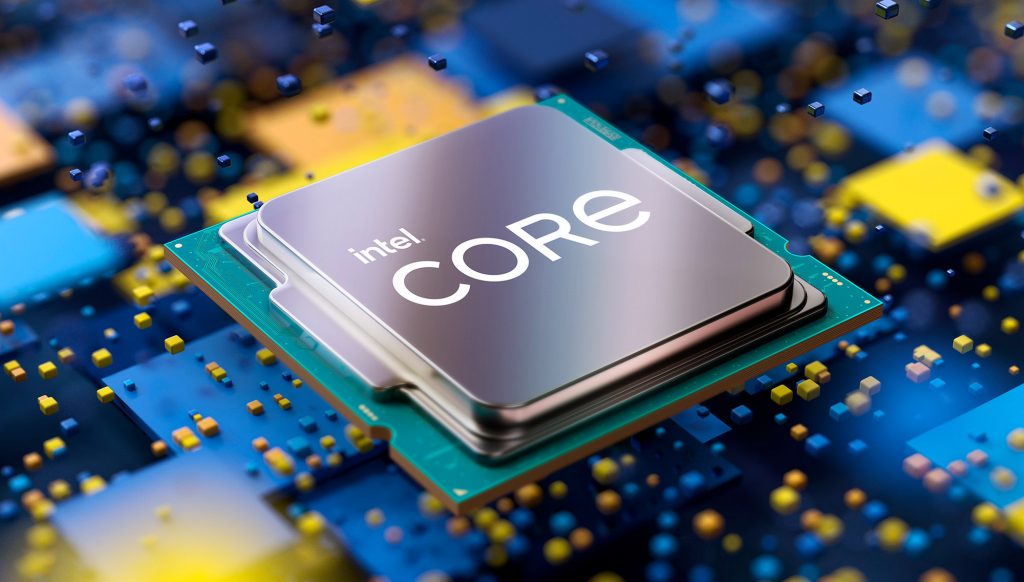Intel claims a 19% gen-over-gen performance increase, but with very strong competition from the AMD Ryzen 5000 there are doubts over whether it can be considered the best CPU for CAD
Intel has launched its 11th Gen Intel Core S-series desktop processors (code-named Rocket Lake-S). Engineered on the new Cypress Cove architecture, the new CPUs are said to offer a 19% gen-over-gen instructions per cycle (IPC) performance improvement.
All Rocket Lake-S CPUs have 6 or 8 cores. The flagship Intel Core i9-11900K can reach speeds of up to 5.3GHz.
On paper, the low core count, high frequency and enhanced IPC should make the 11th Gen Intel Core S-series a good CPU for CAD and BIM software, which are mostly single threaded. However, Intel faces very strong competition from AMD and its AMD Ryzen 5000 CPUs, which are available with high clock speeds and 6, 8, 12 or 16 cores.
Because the AMD Ryzen 5000 series is available with more than 8 cores, it should have a big performance lead over the 11th Gen Intel Core S-series in multi-threaded workflows like ray trace rendering, simulation and point cloud processing. Read our analysis.
The 11th Gen Intel Core S-series is also the first Intel desktop CPU to support the PCIe 4.0 standard, which offers double the bandwidth of PCIe 3.0. Previously, PCIe 4.0 was only supported by AMD CPUs, including the AMD Ryzen 5000, 3rd Gen AMD Ryzen Threadripper and AMD Ryzen Threadripper Pro.
Support for PCIe 4.0 means users can take advantage of PCIe 4.0 SSDs for much faster read/write performance when working with large datasets, such as those used in simulation, visualisation and point cloud processing. It also means data can be loaded into PCIe 4.0 GPUs much quicker. This includes the Nvidia RTX A6000, as reviewed here.
What AEC Magazine thinks
With 8 cores and high clock speeds, the 11th Gen Intel Core S-series looks like an ideal CPU for CAD or BIM software. Applications such as AutoCAD and Revit are largely single-threaded, so frequency is all that matters, and users don’t need a substantial number of cores.
The question is, how will it compare to older generation Intel Core CPUs and, of course, AMD Ryzen 5000 series CPUs?
Intel’s claims of a 19% gen-over-gen IPC performance improvement look impressive. It means that, if a 10th Gen and 11th Gen Intel Core CPU ran at the same frequency, the 11th Gen would be 19% faster.
However, respected technology website AnandTech has put these claims under the microscope in its review of the Intel Core i7-11700K, and states that in a core-for-core comparison, Intel is slightly slower and a lot more inefficient than AMD.
It remains to be seen how this translates to real world performance in CAD/BIM software, which is something we intend to test soon at AEC Magazine.
It’s also important to note that because the AMD Ryzen 5000 series is available with more than 8 cores, it should have a big performance lead in multi-threaded workflows like ray trace rendering, simulation and point cloud processing. More and more architects and engineers are using multiple applications in their workflows, so this could play a big part in any decision making.
The success of the 11th Gen Intel Core S-series in the workstation market will also depend on the workstation manufacturers. Currently, the only way to get hold of an AMD Ryzen 5000-based workstation is through specialist manufacturers like BOXX and Scan. None of the big three – HP, Dell or Lenovo – currently offer AMD Ryzen 5000-based workstations, although Lenovo has the ThinkStation P620 with the AMD Ryzen Threadripper Pro (12 to 64 cores).
Another area where Intel does appear to have an advantage is in terms of supply. AMD Ryzen 5000 CPUs have been hard to come by due to manufacturing delays. Because Intel manufactures its own chips there should be wide availability when the 11th Gen Intel Core S-series officially launches at the end of March.






